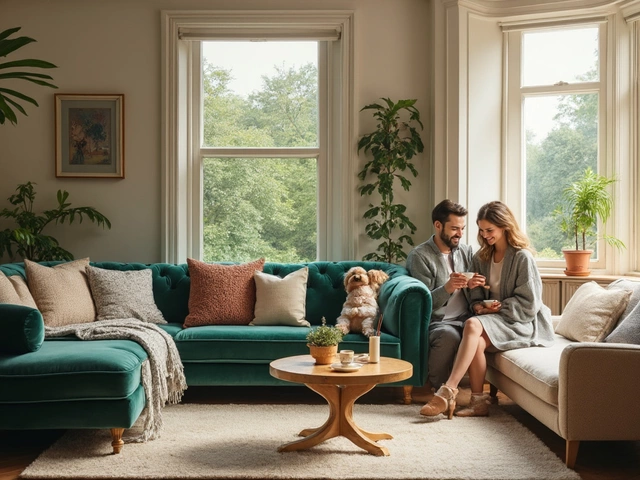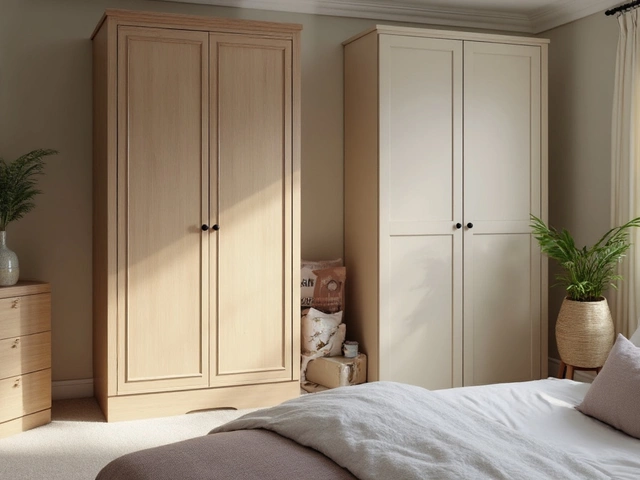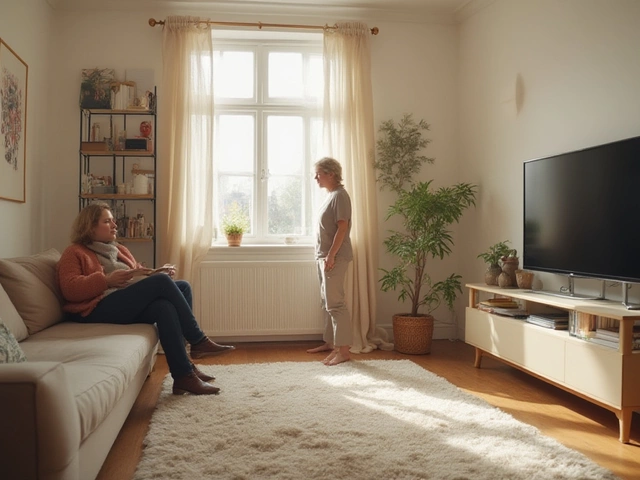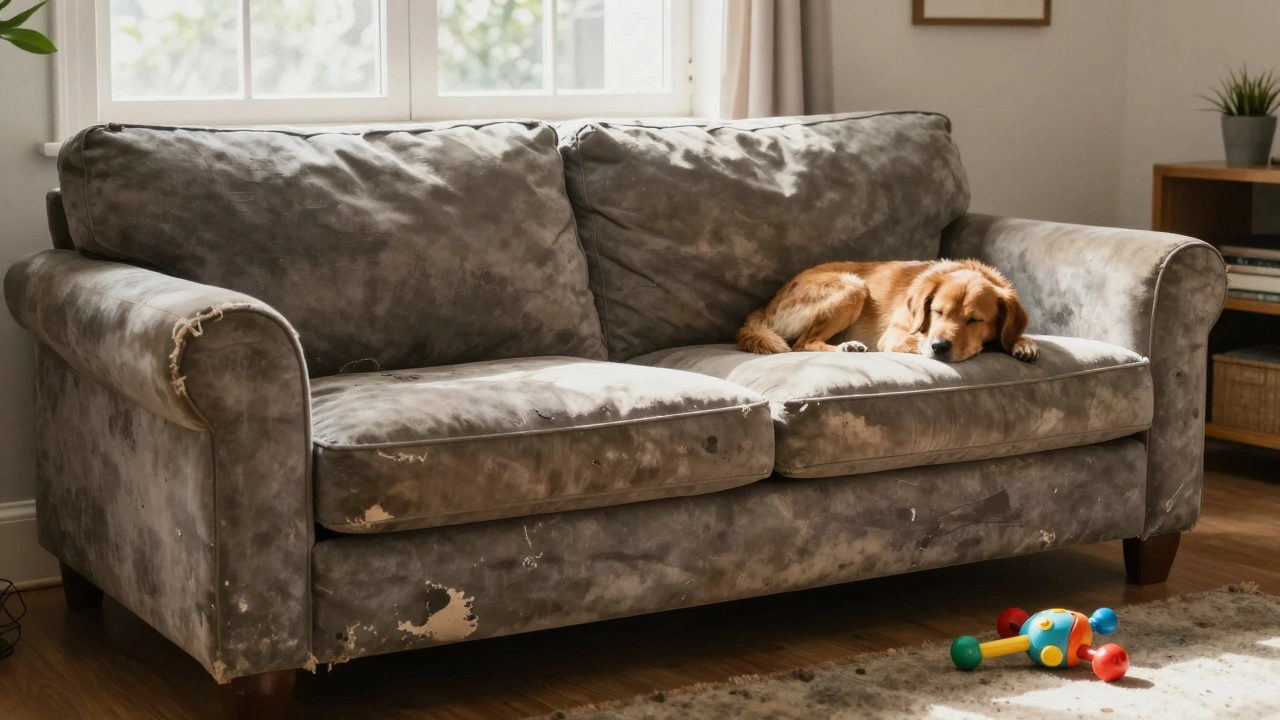
How Long Should a Couch Last? Real-World Durability Guide
Most couches last 3-10 years, but quality ones can last 20+. Learn what really affects sofa lifespan-from frame materials to daily use-and how to extend it with simple care.

What Is a Cuddle Sofa? The Cozy Furniture Trend Explained
A cuddle sofa is a deep, cozy sectional or loveseat designed for lounging and snuggling, with one wide arm or no arm on one side. Perfect for naps, movie nights, and small spaces.

What Does Left-Hand Facing Corner Sofa Mean? A Simple Guide
Learn what 'left-hand facing corner sofa' really means and how to pick the right one for your room. Avoid costly mistakes with simple tips and real-life examples.
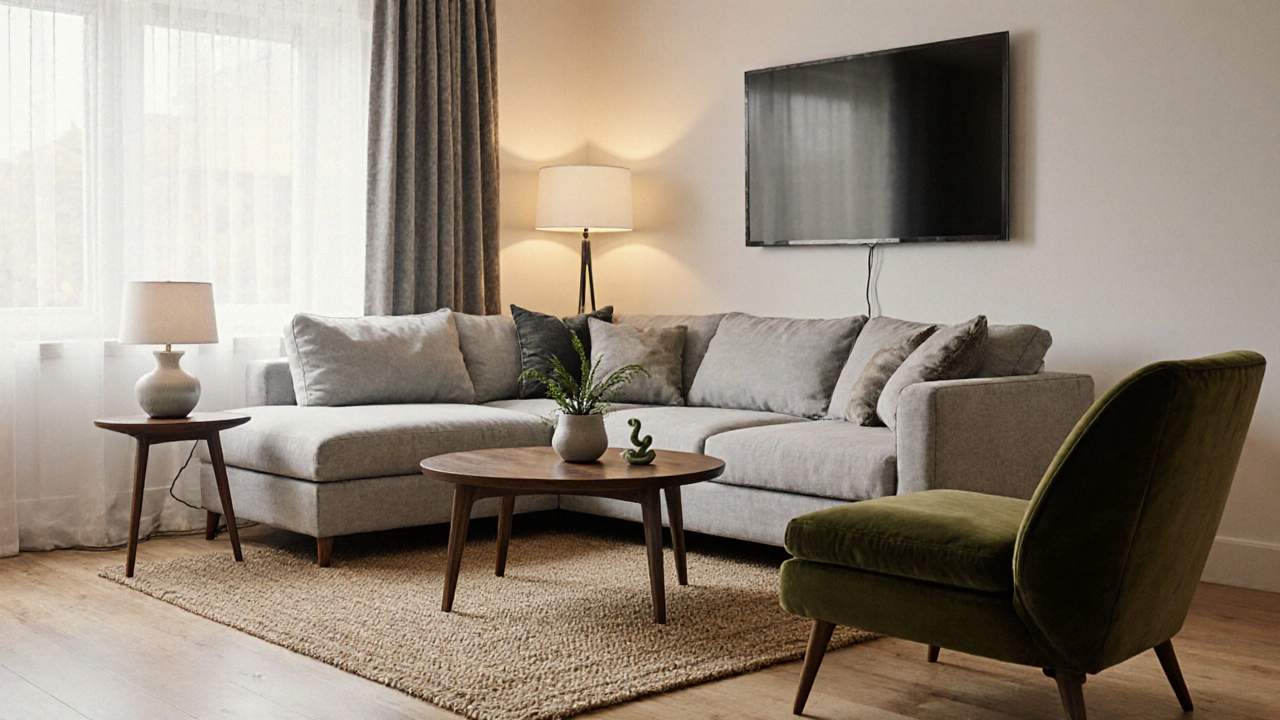
What to Pair With a Corner Sofa: Practical Styling Tips for Real Homes
Learn how to style a corner sofa with the right coffee table, rug, lighting, and storage to create a balanced, functional living room. Practical tips for real homes, not showrooms.

Who makes the most comfortable sofas? - Top brands, features, and buying guide
Discover which brands make the most comfortable sofas, key comfort features, price tiers, and buying tips for 2025.
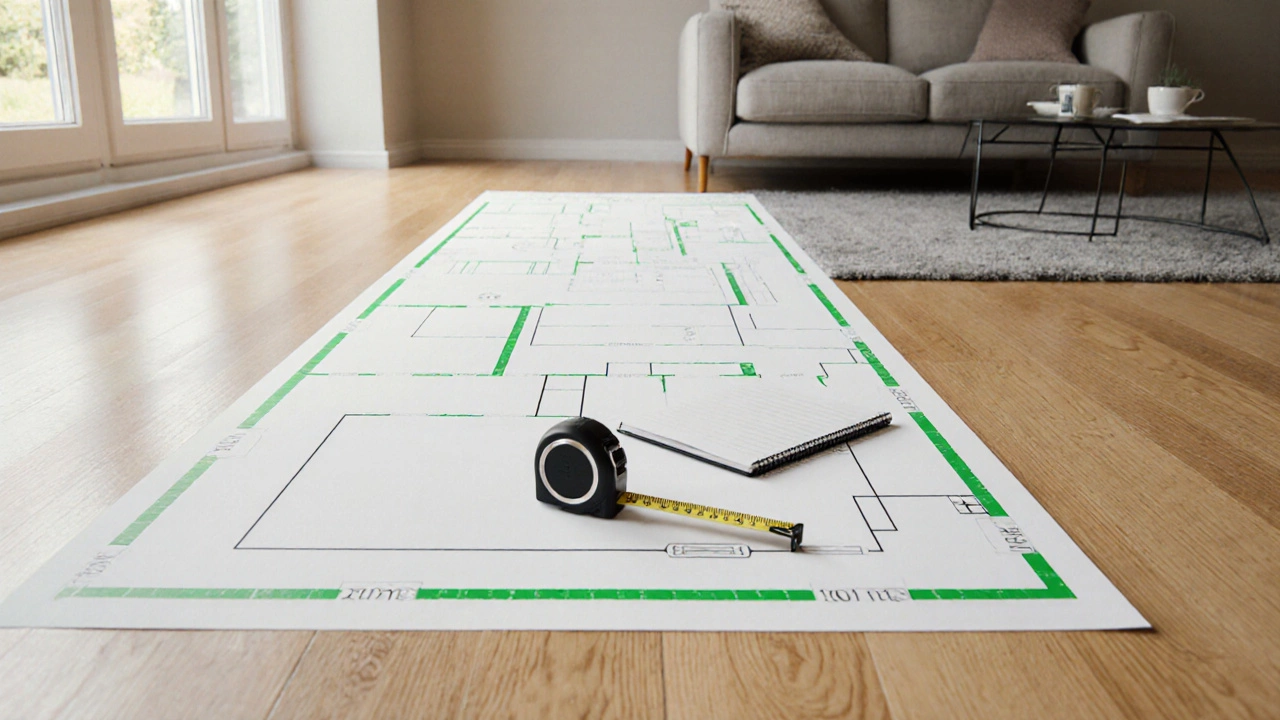
Best Position for a Corner Sofa - Find the Perfect Spot
Learn how to place a corner sofa for optimal flow, style, and comfort. Get step‑by‑step guidance, layout options, and a quick checklist to find the perfect spot.

Most Popular Couch Colors: Trends, Tips & Key Facts for Choosing the Perfect Sofa Shade
Curious about the most popular couch color? We dig into trends, real-life examples, and pro tips to nail your perfect sofa shade.
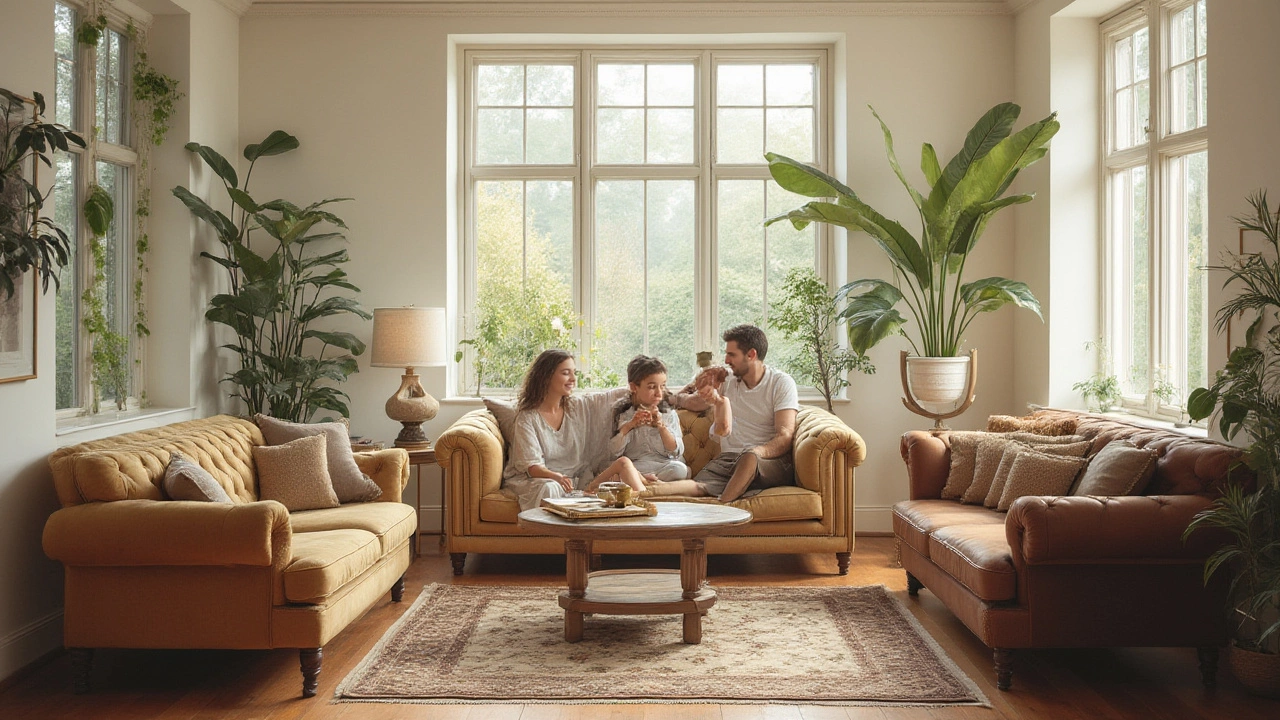
Best Sofa Types for Every Home: A Guide to Choosing the Perfect Couch
What’s the best sofa type for your home? Dive deep into features, comfort, fabric, and style—plus real tips for making the smartest, comfiest choice.
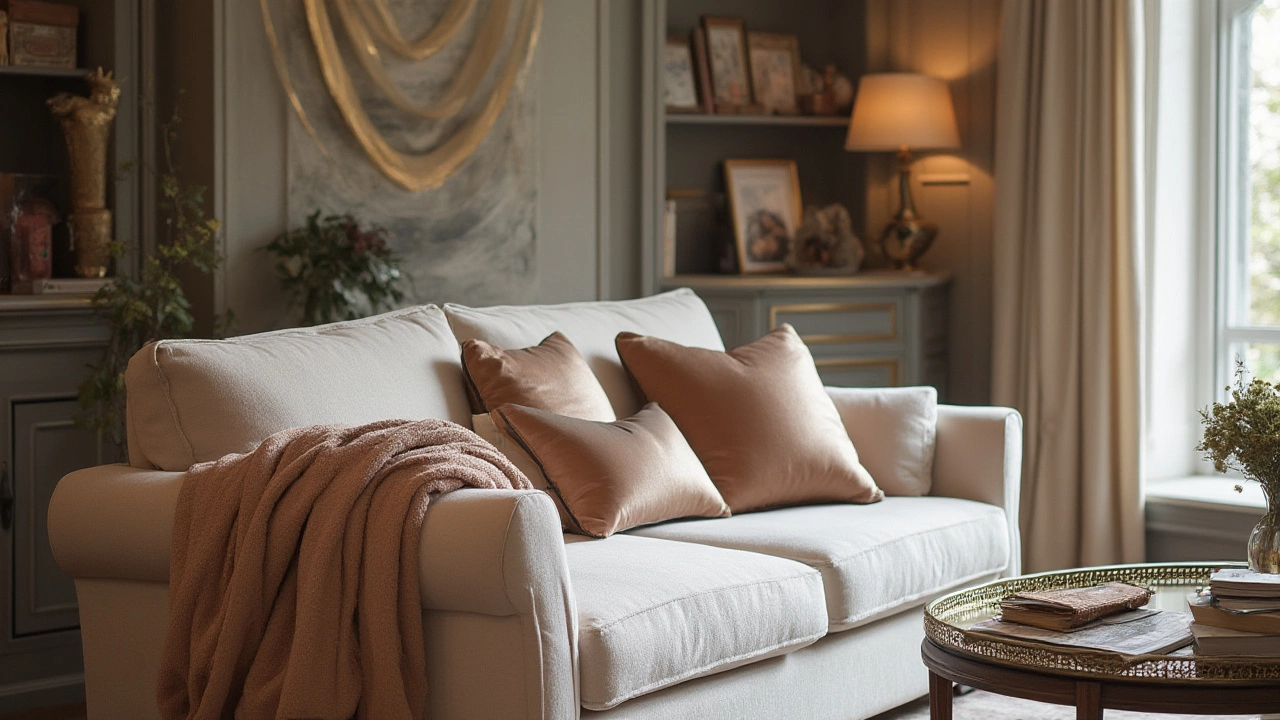
How to Make Your Sofa Look Luxurious: Practical Design Secrets
Discover expert tips to make your sofa look luxurious without breaking the bank. Get styling tricks, smart upgrades, and design insights for a high-end look at home.
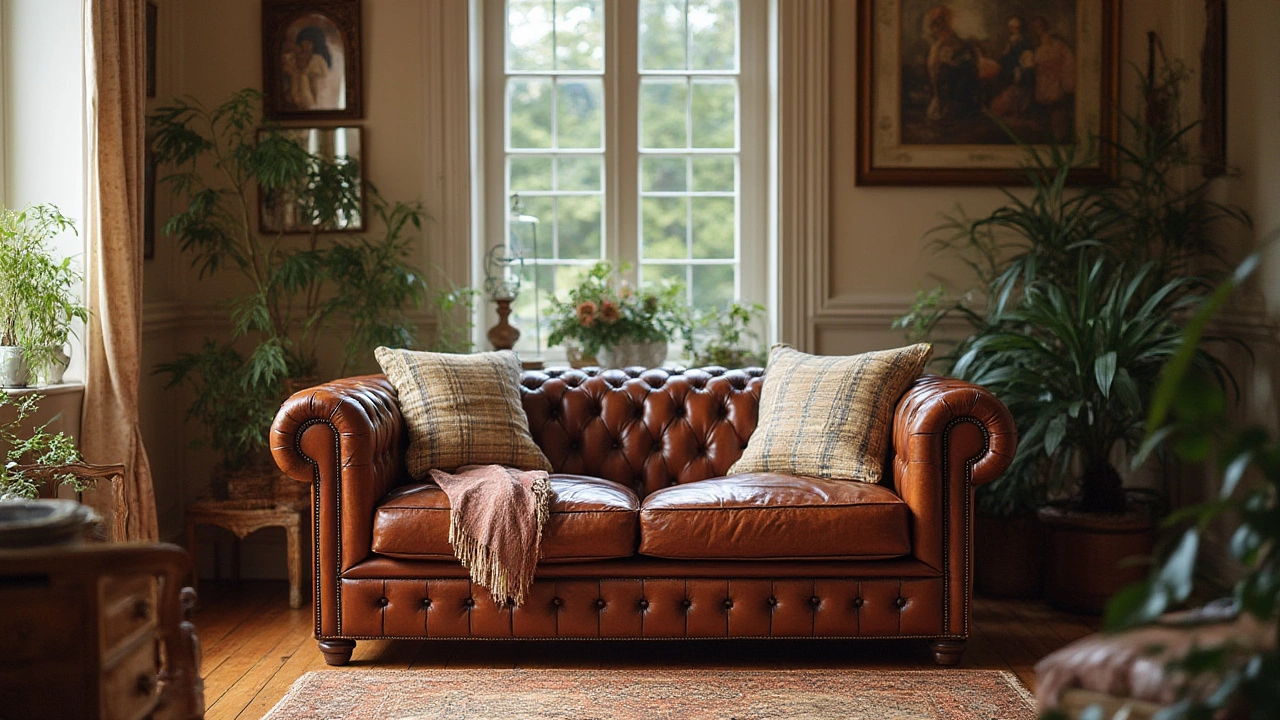
Timeless Sofa Styles: The Best Sofa Designs That Never Go Out of Fashion
Wonder what kind of sofa always looks good? Explore the timeless styles, tips, and real-life proof behind choosing a classic sofa that lasts for decades.
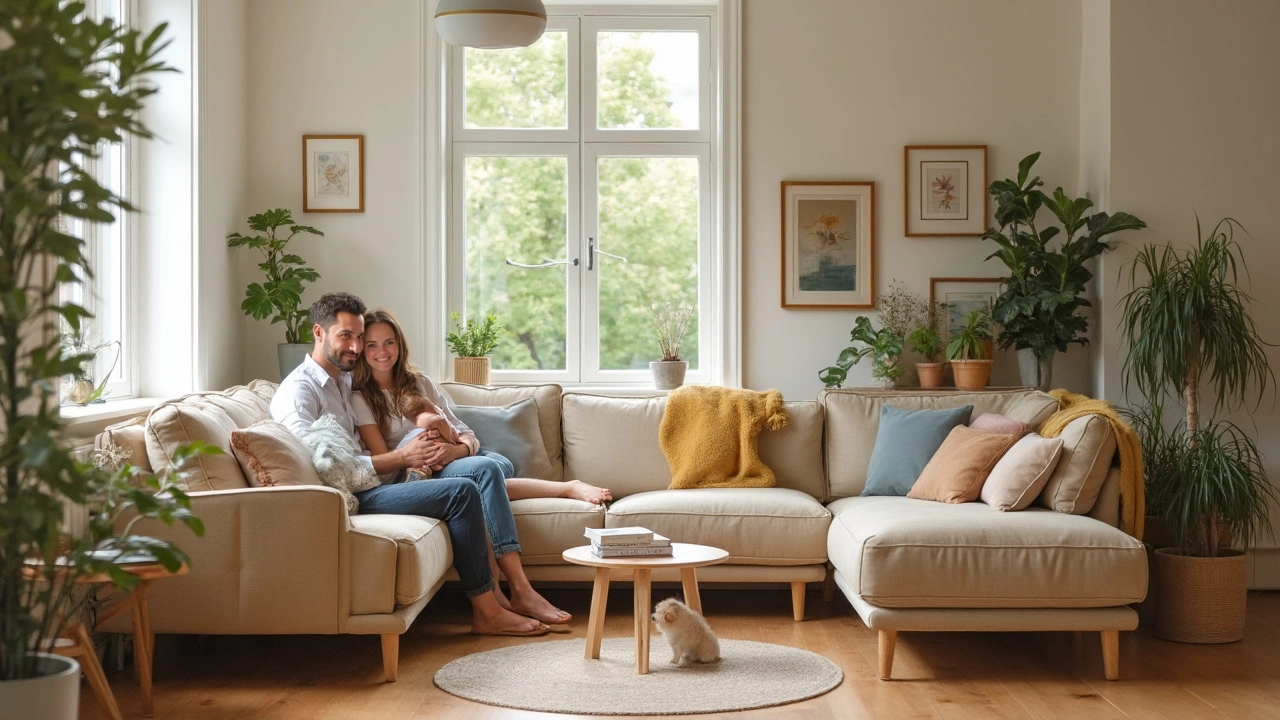
Best Sofa Colors That Go With Everything: Corner Sofa Guide
Choosing the right color for a corner sofa can be tricky, especially if you want it to match almost anything. This article explains the best sofa colors that blend with different styles and décor. Discover tips for picking the most versatile options and learn which shades can make your space feel bigger or cozier. We’ll also talk about keeping things practical with kids and pets around. Use these ideas to make your living room both stylish and ready for real life.

How to Tell if a Couch Will Fit Around a Corner
Ever get a new couch and instantly wonder if it’ll squeeze around that tricky hallway corner? This article breaks down the best ways to figure out if your next corner sofa can actually make it into your living room—no wrestling it with brute force required. You’ll find straight-up tips for measuring, the kind of diagrams that actually help, and real-life moving hacks. Avoid rookie mistakes and make sure your next big sofa doesn’t get stuck halfway. Discover what to check before you even buy.
